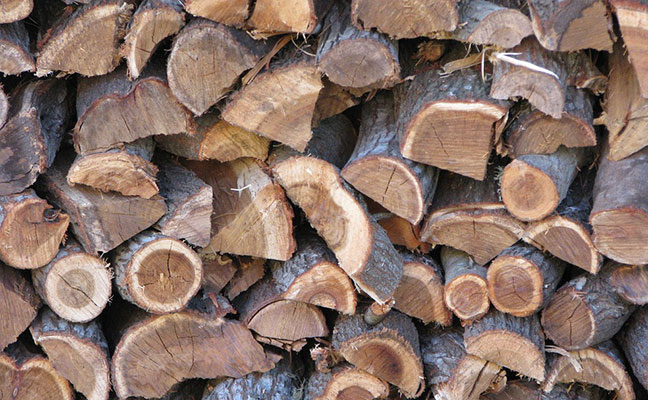Black widow spiders (Latrodectus spp.) are a genus every pest management professional (PMP) should keep on their radar. Their venom is a potent neurotoxin that can cause intense pain, muscle cramps and in rare cases, more severe reactions.
Proper identification and a thorough inspection are the first steps to safely managing black widows.
Key Takeaways:
- Identification is key: Easily identify female black widows by their shiny black bodies and the distinctive red hourglass marking on the underside of their abdomen.
- Webs are irregular: Their webs are typically irregular, messy and tangled, unlike the symmetrical webs of many other common spiders.
- Inspect dark, quiet areas: Focus inspections on undisturbed areas where they hide, paying close attention to garages, crawlspaces, woodpiles and utility boxes.
Identification
Female black widows are relatively easy to identify by their shiny black bodies and distinctive red hourglass marking on the underside of the abdomen. Their webs are irregular and messy, unlike the symmetrical webs of other common spiders, but don’t rely on web shape alone to identify the species.
Inspection hotspots
During routine inspections, you must be thorough in checking the dark, quiet and undisturbed areas where black widows often hide. Always wear your gloves and use a flashlight.
Focus your inspection on these common harborage areas:

- Corners of garages, crawlspaces and sheds
- Under porches and decks
- Inside cluttered storage areas
- Under rocks and in woodpiles
- Around foundations
- Inside exterior rodent bait stations or utility/electrical boxes
Being aware of these common harborage areas and performing a meticulous, safe inspection is the first step to effectively managing this medically significant pest.
<p>The post Pro tip: How to conduct a thorough black widow inspection first appeared on Pest Management Professional.</p>
from Pest Management Professional https://www.mypmp.net/pro-tip-black-widow-inspection/
Sacramento CA
No comments:
Post a Comment